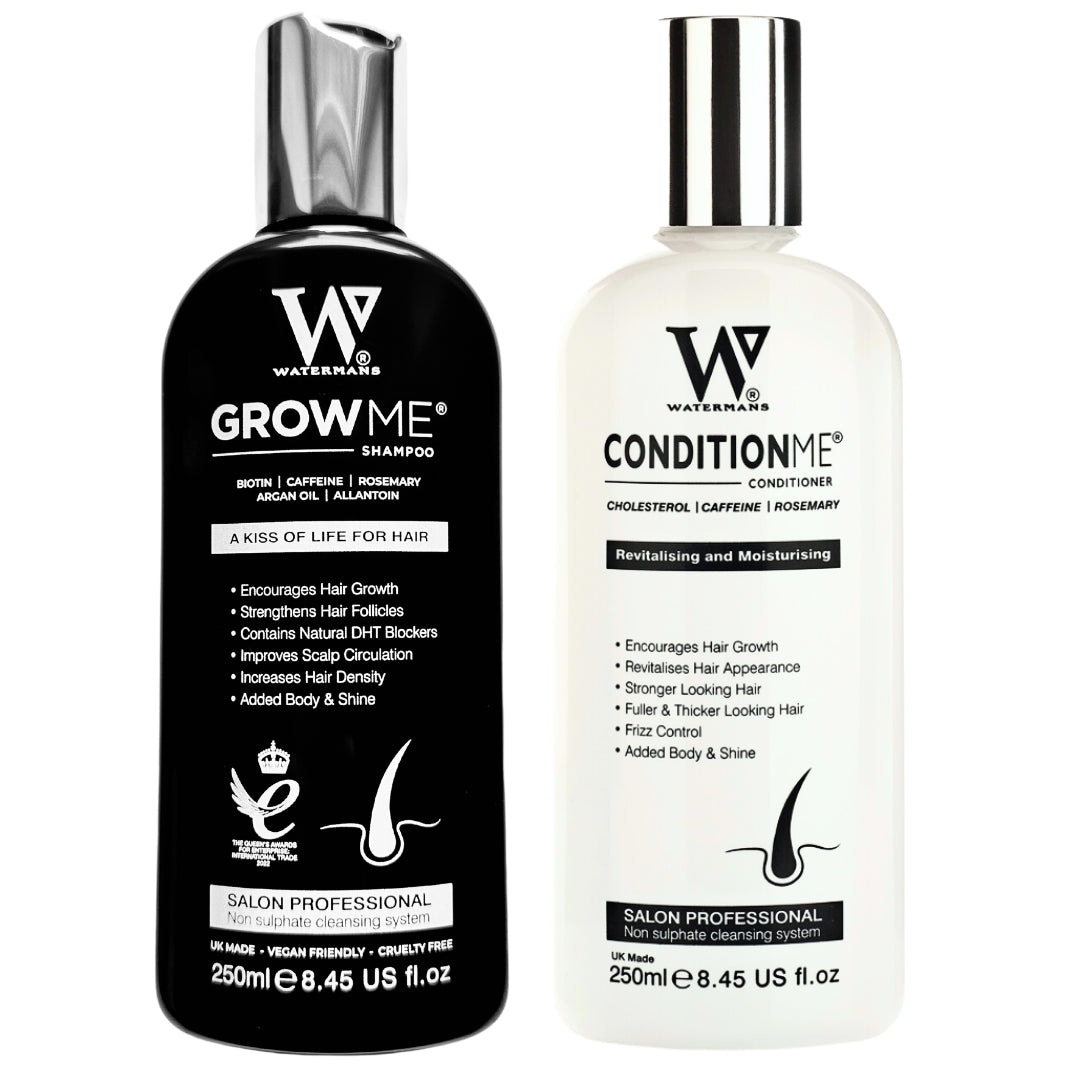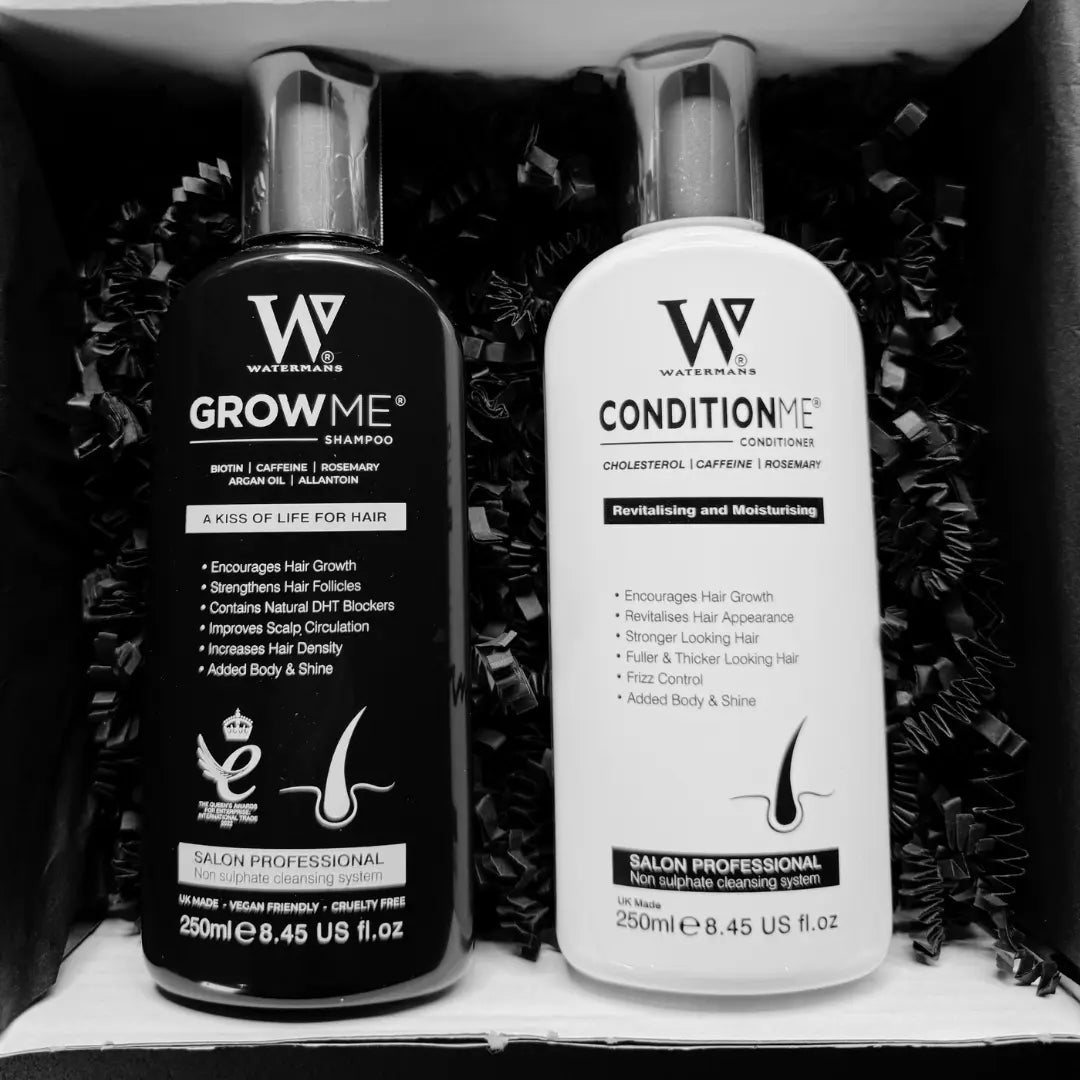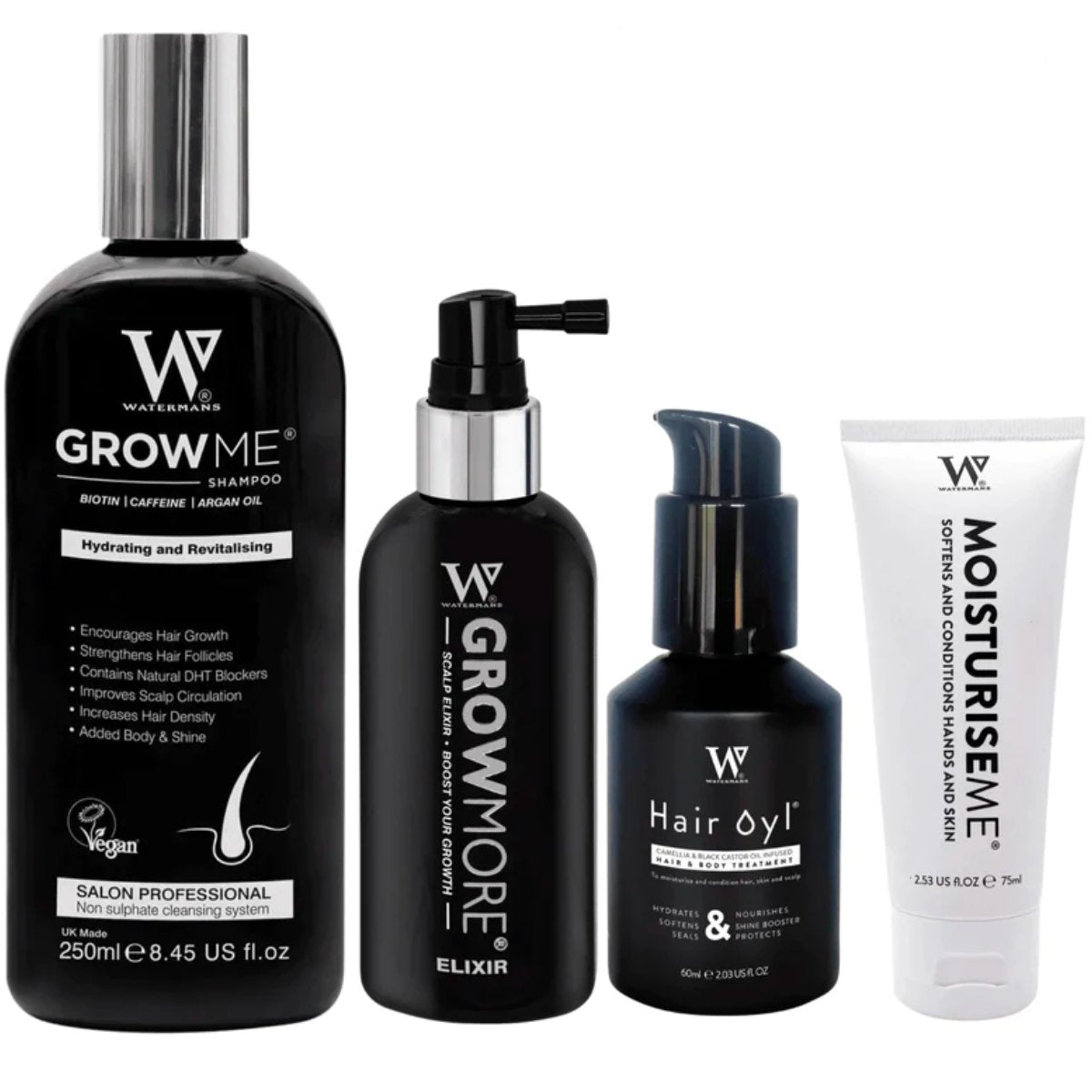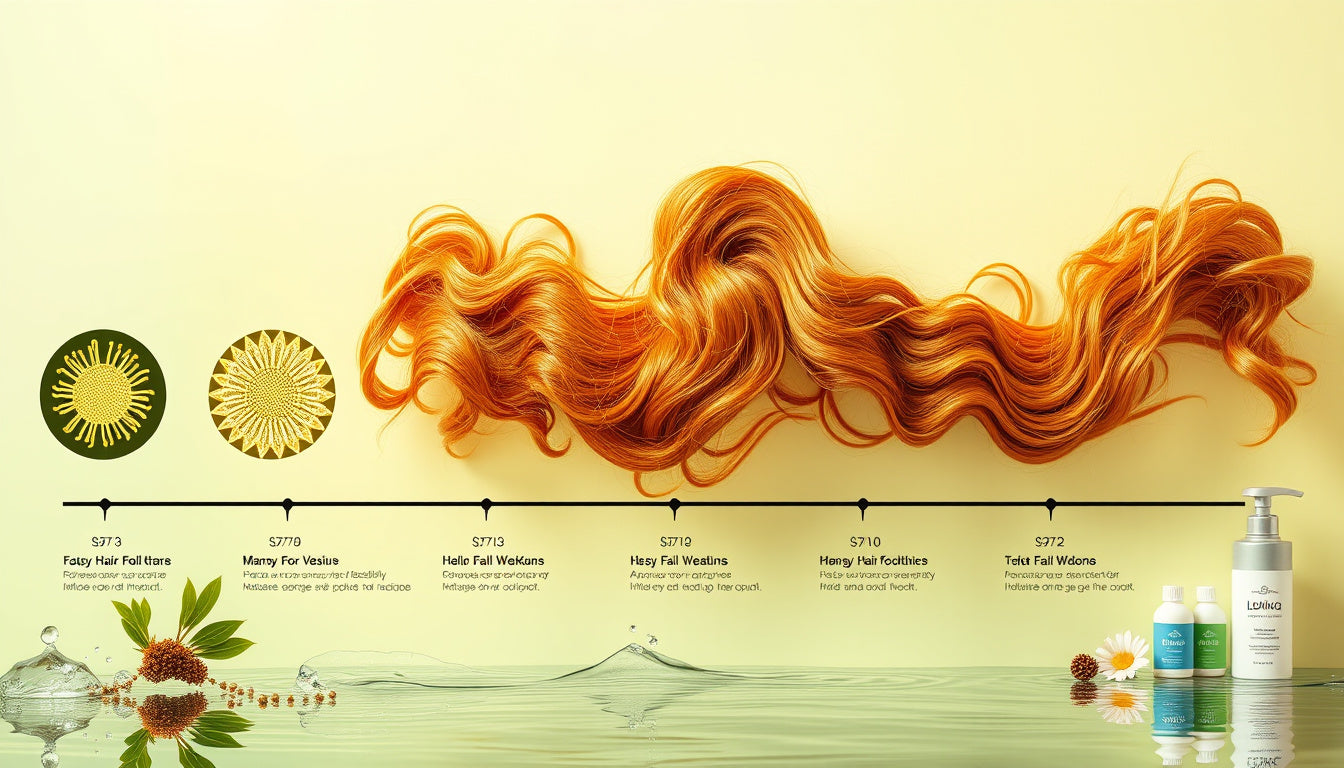
Unlocking Hair Growth: Top Methods to Measure Progress and Boost Your Hair Health
Are you on a journey to unlock your hair growth potential? Tracking your hair's growth and health can feel overwhelming, but understanding how to measure your progress is essential. In this guide, we'll break down effective methods to measure hair growth and boost your overall hair health. With insights into the hair growth cycle, tips for both professional and at-home measurement techniques, and essential advice on maintaining luscious locks, you'll be well-equipped to achieve your hair goals. Let's dive in!
Key Takeaways
- The hair growth cycle consists of four phases, making it essential to understand for tracking growth.
- Both professional and at-home methods exist for measuring hair growth, catering to diverse needs.
- Supporting hair health through nutrition and care is as important as measuring growth.
Understanding the Hair Growth Cycle
When it comes to having amazing hair, it’s super important to know how hair grows. The hair growth cycle has four main phases: the growth phase (anagen), the transition phase (catagen), the resting phase (telogen), and the shedding phase (exogen). On average, people lose between 50 to 100 hairs every day! That’s totally normal, but understanding these cycles can help you set realistic expectations for your hair journey.
If you’re trying to grow your hair longer, treat hair loss, or see if your hair products are actually working, measuring your hair growth can really help. There are professional ways to do this:
- Digital Trichoscopy: This is like taking a super detailed picture of your scalp using high-res imaging—this helps check how much hair you have and how healthy your follicles are without actually touching your scalp.
- Phototrichogram: This cool method takes photos over time of a small area of shaved hair to see how it grows back.
- Hair Pull and Tug Tests: Pretty simple—this involves pulling on your hair a bit to see how much comes out; too much can indicate problems.
- Trichometer Measurement: A tool that measures how thick your hair is and how dense it is, giving you a lot of info.
- Hair Weight Measurement: More for research, this involves weighing hair to figure out how much is falling out.
- Microscopic Hair Shaft Analysis: This checks your hair strands up close to see how damaged they are.
If you’d rather try measuring your hair at home, here are some easy ways:
- Measuring Tape Method: Use a measuring tape to note how long your hair is from a consistent spot.
- Time-lapse Photography: Take regular photos of your hair to see how it grows over time.
- Scalp Charts: Draw a picture of your head and keep track of where your hair is growing.
- Shed Hair Analysis: Collect any hair that falls out over time and check if it’s usual or not.
The article also mentions various factors that can affect how your hair grows, like your hair type, the season, hormones, what you eat, and damage from styling. If you notice you’re losing more than 100 hairs a day, have bald patches, or your hair growth seems to be slowing down, it’s best to see a specialist.
Ultimately, while measuring your hair growth is essential, remember to also support your hair health by eating well and taking care of your hair! A balanced diet and good hair care routine can make a big difference.
Methods for Measuring Hair Growth Progress
If you're serious about hair care, knowing how to measure your hair growth is super important! Tracking hair growth can help you see how well your treatments are working, or how to better care for your locks. This guide breaks down easy methods to do just that and why it matters.
Firstly, understanding the hair growth cycle can really help you set expectations. Hair goes through four stages: the growth phase (anagen), transition phase (catagen), resting phase (telogen), and shedding phase (exogen). It’s normal to lose about 50 to 100 hairs every day, and recognising this cycle gives you a better perspective on your hair's health.
For those looking to measure their progress with a professional touch, here are a few noteworthy methods:
- Digital Trichoscopy: Think of it as a high-tech photo shoot for your scalp. This method captures detailed images, helping assess hair density and follicle health without any fuss.
- Phototrichogram: This is a clever way to track how your hair grows by repeatedly taking photos of a small shaved area over time.
- Hair Pull and Tug Tests: A quick method where you gently tug at your hair to see how much comes out. It can help spot potential problems if too many strands are lost.
- Trichometer Measurement: A handy device that measures how thick or dense your hair is, providing useful info about hair health.
- Hair Weight Measurement: Mostly for researchers, this method weighs your hair to determine the shedding rate.
- Microscopic Hair Shaft Analysis: This looks at your hair strands under a microscope to check for any damage and assess their overall structure.
If you'd prefer to chart your hair growth at home, there are some super easy DIY methods:
- Measuring Tape Method: Mark your hair length from the same spot regularly using a measuring tape.
- Time-lapse Photography: Snap consistent photos of your hair to visually see its growth over time.
- Scalp Charts: Draw a diagram of your head and track growth on it—this can make it fun too!
- Shed Hair Analysis: Keep any hair that falls out to see if it’s more than usual, which might indicate a problem.
Be aware that various factors can affect hair growth, like your hair type, seasonal changes, hormones, diet, and damage from hair products. If you're losing more than 100 hairs daily, have bald spots, or notice a marked slow in hair growth, it's wise to chat with a professional.
While measuring your hair growth is essential, don't forget that overall hair health is key! Ensure you’re eating balanced meals and treating your hair with care for the best results.
Did you know?
- Hair typically grows around half an inch (1.25 cm) each month on average!
- The anagen phase can last from 2 to 6 years based on your genetic background.
- Excessive heat styling can harm your hair and stifle its growth.
- Vitamins like Biotin can really boost your hair growth and support overall hair health.
- Your hair may grow faster in spring compared to winter due to seasonal changes!















